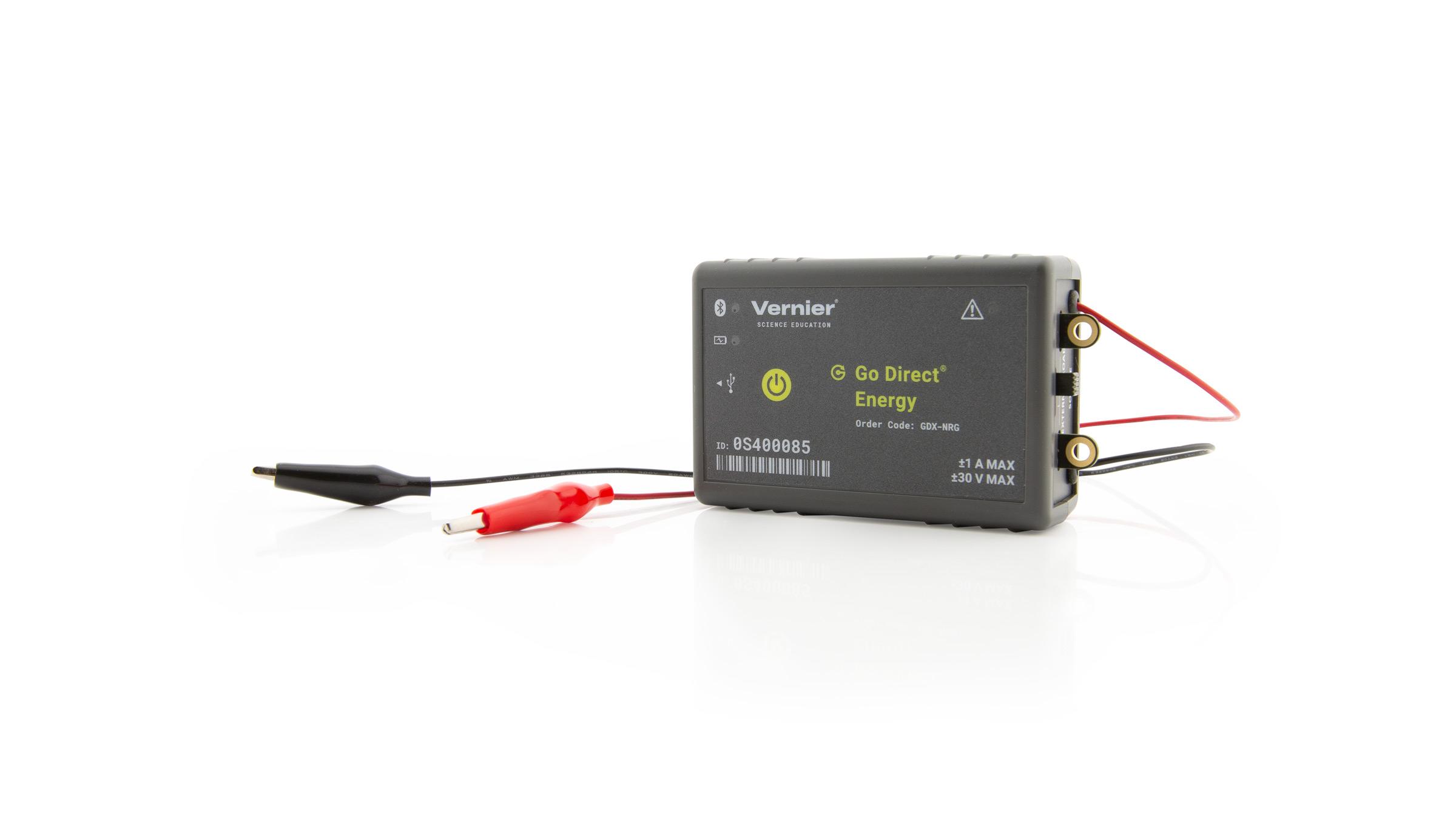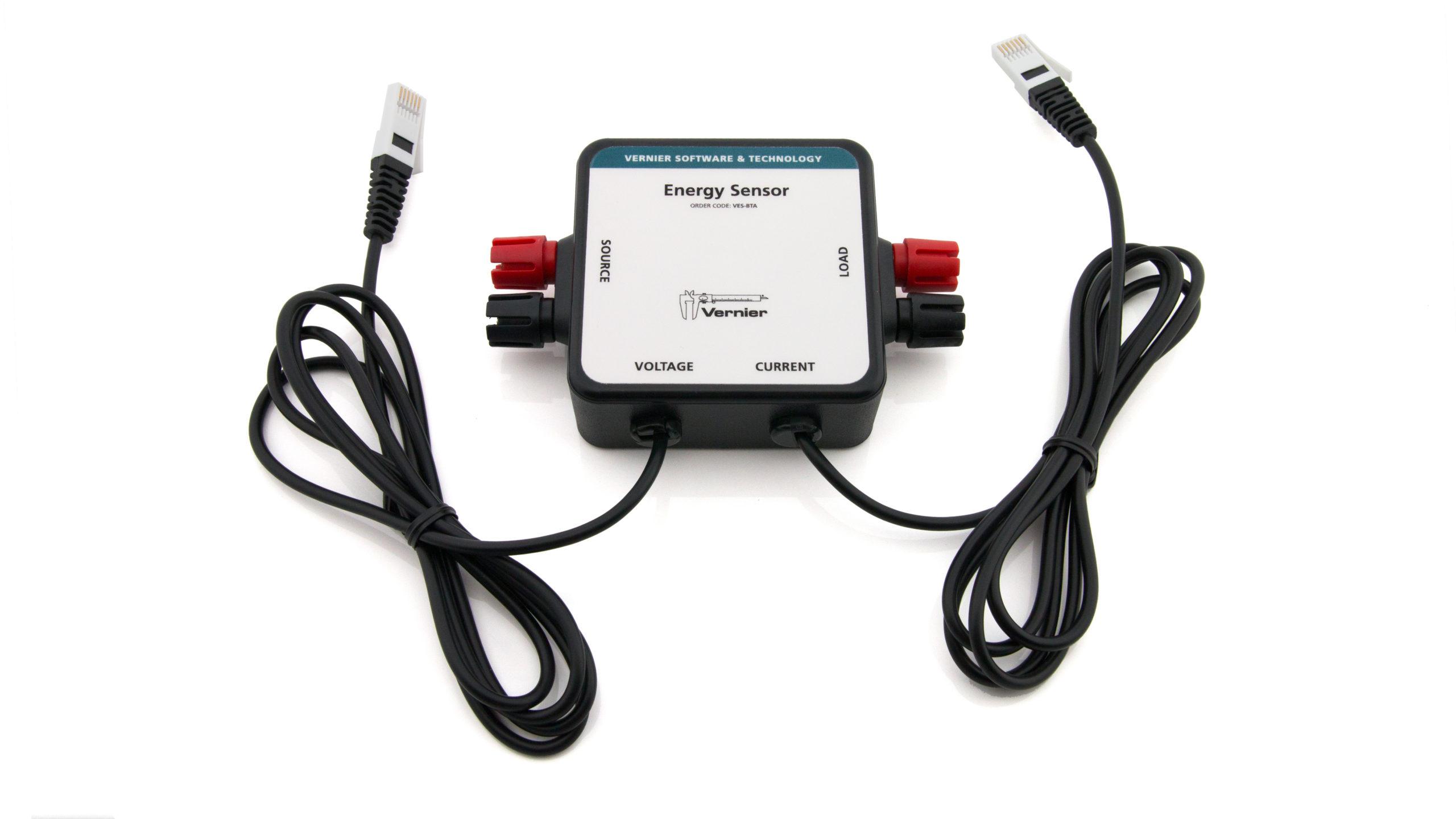Solar Panel Output: Effect of Load
Experiment #5 from Investigating Solar Energy
- Education Level
- Elementary School

Introduction
A load is a device that uses electricity to do work when connected to a circuit. A light bulb is an example of a load. If a light bulb is connected to a solar panel, the electricity produced by the panel can do the work of lighting the light bulb.
The load connected to a solar panel affects the amount of power that is produced by the panel. There is an optimum, or best, level of load that will make the panel produce the most amount of power.
One way to create the optimum load for the solar panel is to connect multiple light bulbs to the solar panel. While this would work, it is not very practical to always carry a bunch of light bulbs around with you!
Instead of using light bulbs, in this experiment, you will use a device called a resistor to add load to the circuit. Resistors affect the flow of electrons in a circuit. They are rated based on how much resistance they add to the circuit. Resistance is measured in units of ohms.
In this experiment, you will find the optimum resistance for three solar panels connected in series.
Objectives
- Measure current, potential difference (voltage), and power output of three solar panels with a Vernier Energy Sensor.
- Explore how current, potential difference (voltage), and power output vary depending on the resistance (load) in the circuit.
- Investigate the relationship between resistance and maximum power output.
Sensors and Equipment
This experiment features the following sensors and equipment. Additional equipment may be required.
Ready to Experiment?
Ask an Expert
Get answers to your questions about how to teach this experiment with our support team.
- Call toll-free: 888-837-6437
- Chat with Us
- Email support@vernier.com
Purchase the Lab Book
This experiment is #5 of Investigating Solar Energy. The experiment in the book includes student instructions as well as instructor information for set up, helpful hints, and sample graphs and data.





